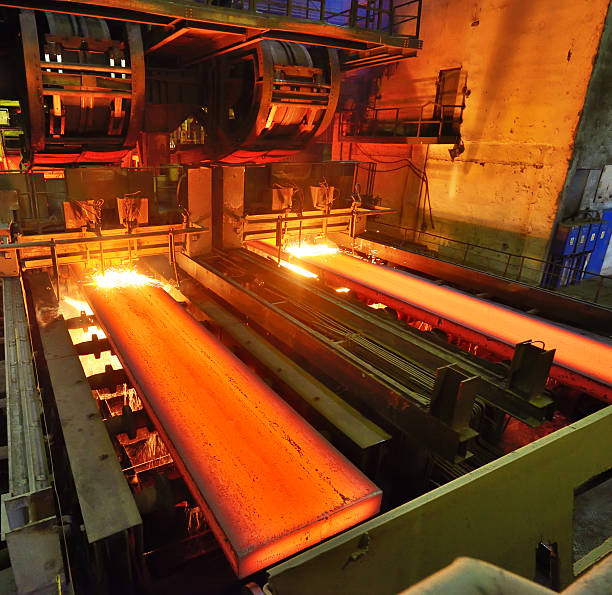In the ever-evolving landscape of industrial processes, where precision and efficiency reign supreme, the role of high-temperature conveyor belts is paramount. These specialized belts are engineered to withstand extreme heat, offering a robust solution for material handling in sectors that demand resilience under fiery conditions. This article delves into the intricacies of high temperature conveyor belt, exploring their applications, construction, and the transformative impact they have on diverse industries.
Understanding the Crucial Role:
High-temperature conveyor belts play a pivotal role in industries where conventional belts would succumb to the rigors of extreme heat. Constructed from heat-resistant materials such as PTFE, silicone, or aramid fibers, these belts can endure temperatures well beyond the capabilities of standard conveyor belts. Their versatility makes them indispensable in sectors like steel manufacturing, foundries, glass production, automotive, and chemical processing.
Applications Across Industries:
- Steel Manufacturing: High-temperature conveyor belts navigate the demanding environments of steel mills, transporting molten steel and iron through various stages of production. Their ability to withstand temperatures exceeding 1000°C ensures a seamless flow of materials in this critical industry.
- Foundries: Foundries rely on these specialized belts to handle the transportation of hot casting materials. The belts’ resilience to extreme heat and resistance to abrasion make them ideal for the challenging conditions found in foundry operations.
- Glass Production: In the glass industry, high-temperature conveyor belts facilitate the movement of hot glass sheets or molded products throughout the production process. Their heat-resistant properties contribute to the efficiency and safety of the manufacturing line.
- Automotive Manufacturing: Automotive processes involving heat-intensive procedures, such as curing coatings or molding parts, benefit from high-temperature conveyor belts. These belts ensure the smooth and reliable transportation of materials, contributing to the overall efficiency of the assembly line.
- Chemical Processing: High-temperature conveyor belts are essential in chemical plants, where various compounds undergo high-temperature reactions. They enable the safe and efficient transportation of raw materials and finished products in environments where conventional belts would falter.
Advantages and Innovations:
- Durability and Longevity: High-temperature conveyor belts exhibit exceptional durability, extending their lifespan compared to standard belts. This durability translates to cost savings and reduced downtime.
- Customization for Specific Needs: Manufacturers offer customization options, allowing industries to tailor high-temperature conveyor belts to their unique temperature requirements and operational demands.
- Enhanced Safety: The resilience of these belts minimizes the risk of failure, contributing to workplace safety by preventing accidents and production disruptions.
Conclusion:
High-temperature conveyor belts have become the linchpin in the seamless movement of materials across a spectrum of industries, defying extreme heat with unwavering resilience. As industries continue to advance, the demand for these specialized belts is set to rise, propelling industrial processes to new heights of efficiency and safety. In the heart of the heat, high-temperature conveyor belts emerge as indispensable allies, shaping the future of material handling in the most challenging environments.


